How the pawpaw, also known as a hillbilly mango, could be a climate change winner in NC
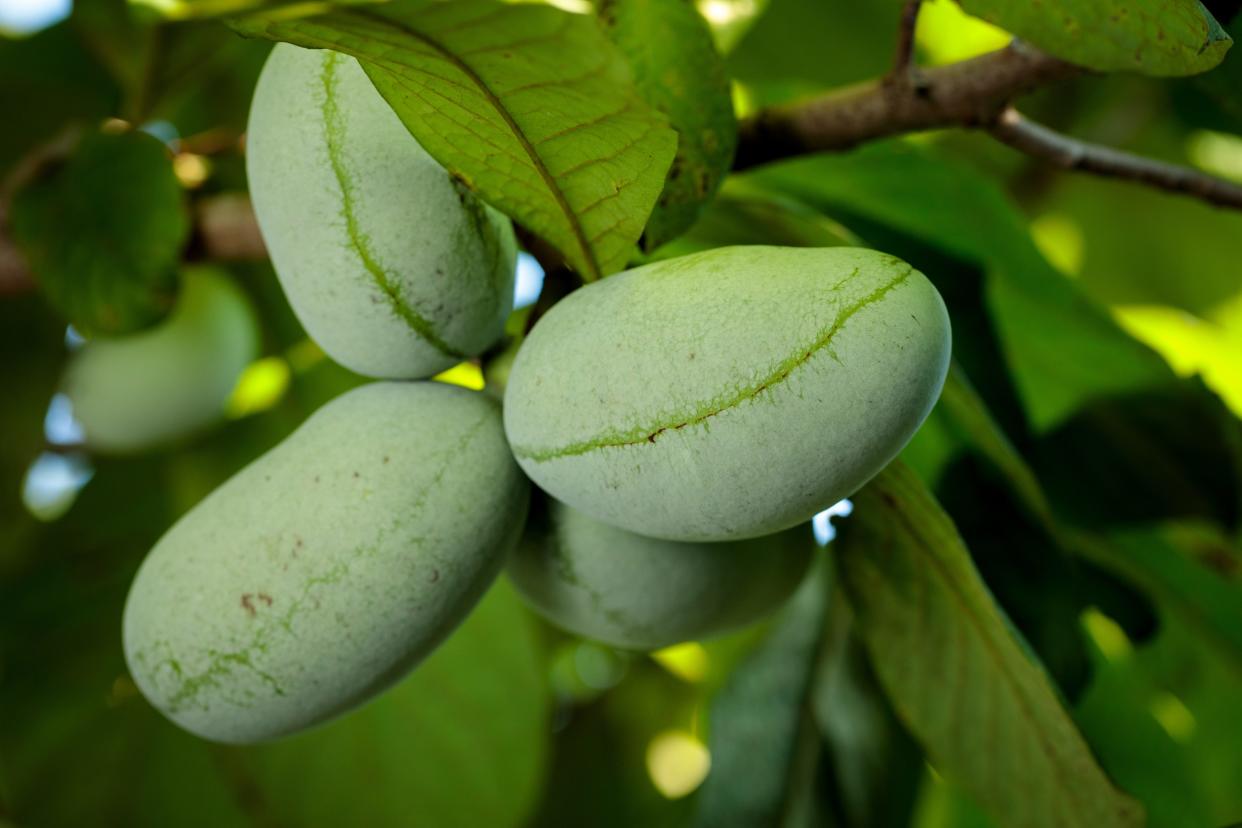
North Carolina isn't known for its tropical fruits. Neither is Missouri, West Virginia or southern Ontario, for that matter.
But likely unbeknownst to most Americans (and Canadians), the largest edible fruit tree native to North America grows in most states east of the Mississippi. And the taste of its fruit, which is full of healthy goodies like antioxidants, has been compared to a cross between a mango and a banana.
So why aren't pawpaw fruit and products overflowing at supermarkets and health food stores?
That's complicated, experts say. But with climate change expected to bring new challenges to the world's food supplies and supply chain issues already playing havoc with global trade, looking local is increasingly seen as a safe, viable and smart option for protecting and increasing food supplies.
Want pawpaw beer or cider? Prepare to look far and wide in North Carolina
But making pawpaw a staple in the American diet could be difficult.
Dr. Mike Parker, a tree fruit specialist with N.C. State University, said besides convincing those who might find the pawpaw's texture and taste difficult to stomach, there's a more basic issue.
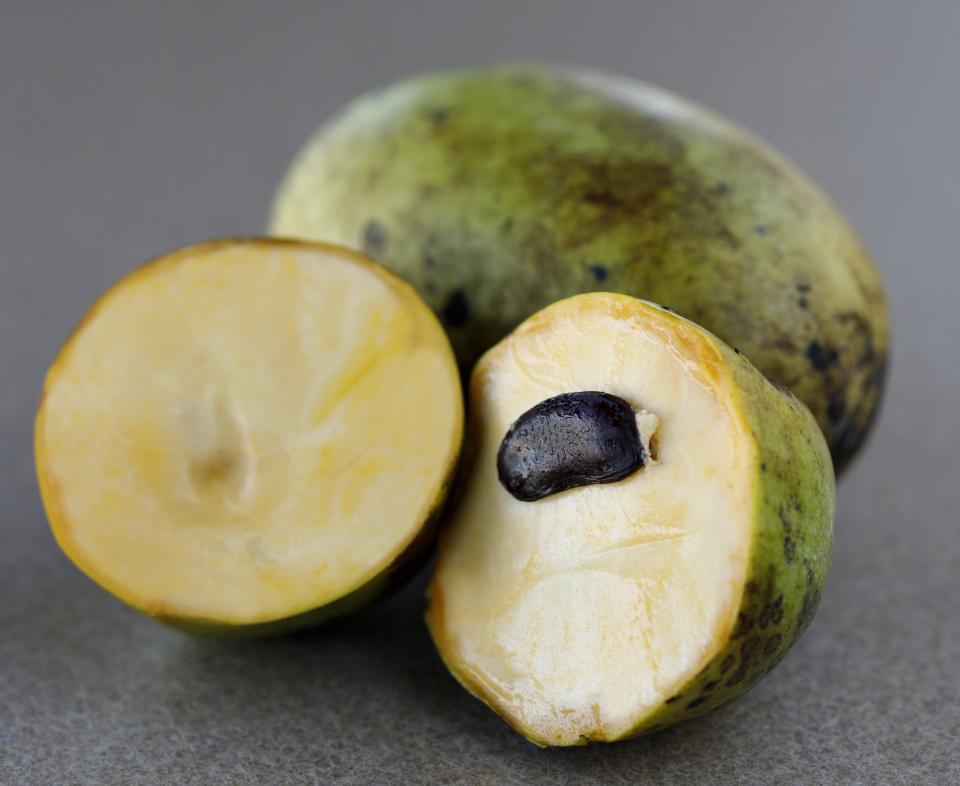
“The problem is getting trees into production and getting the fruit to market," he said. "Quite frankly, they rot too quickly."
That doesn't mean, though, that some local communities haven't already discovered and embraced the humble pawpaw. That can be seen in the fruit's long list of local nicknames — Quaker delight, American custard apple, hillbilly mango and, now that it's got a growing "cool" reputation, hipster banana.
CLEAN AIR CONUNDRUM: Coastal areas love their clean air. A new study finds that hurricanes do, too
"It's just so different," said Derek Morris, a horticulture technician with the N.C. Cooperative Extension in Forsyth County who has helped organize the annual N.C. Pawpaw Festival in Winston-Salem for the past 15 years. "It's like a magical fruit that shouldn't be here."
The pawpaw patch
According to the United Nations, 13 crops provide 80% of people’s caloric intake worldwide, with about half of those calories coming from wheat, corn and rice. But some of these crops may not grow well in the higher temperatures, unpredictable rainfall and extreme weather events caused by climate change. Warmer temperatures are also expected to bring a new wave of pests and diseases to temperate areas, like much of the United States.
Enter the pawpaw, a tree that's surprisingly hardy and flexible in where it grows.
According to the U.S. Department of Agriculture, pawpaws grow "in the shade in open woods usually in wet, fertile bottomlands, but can grow in upland areas on rich soils." They can form thick clusters when they grow in the understory of forests, often spreading quickly to create a “pawpaw patch.”
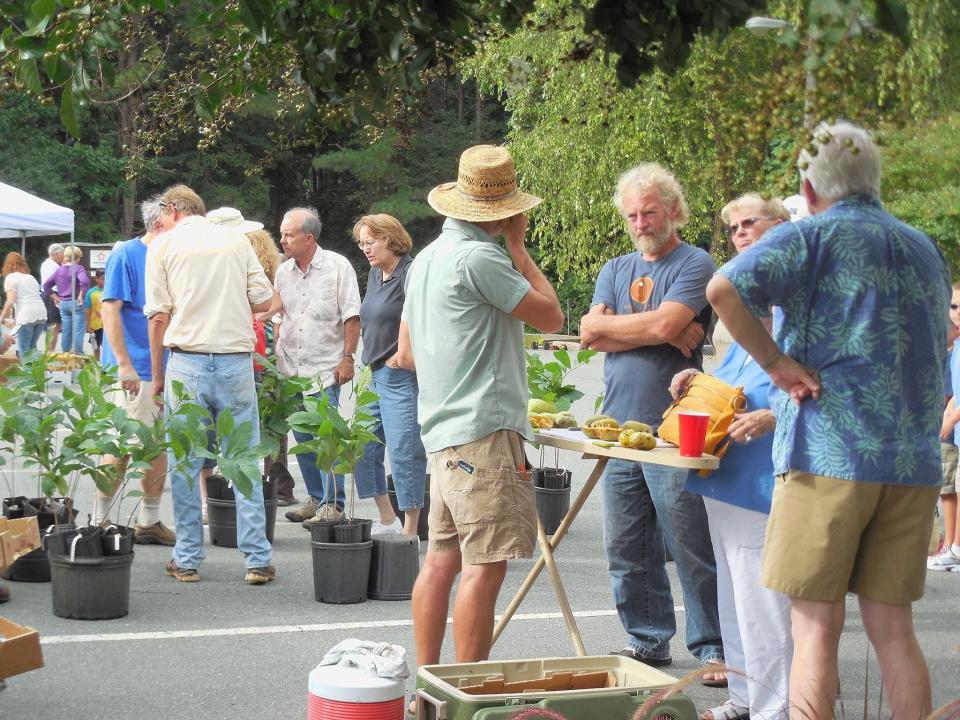
Adaptable in nearly all temperate climates, pawpaws require some period of cold weather to fruit. That means while their range extends into southern Canada, it doesn't grow much south of Gainesville, Florida.
The pawpaw also isn't some new exotic fruit that's just arrived on the scene. Spanish conquistadors reported eating pawpaws with Native Americans, and members of Lewis and Clark's expedition relied on the fruit while exploring the new Louisiana Purchase in the early 19th century. Urban legend has it that chilled pawpaws were also George Washington's favorite dessert.
From Manteo to Wilmington, could the 'kudzu of the coast' help fight climate change?
The tree, which is unusual in that it's pollinated by flies and beetles instead of bees, is also the exclusive host plant for the zebra swallowtail butterfly, which is viewed by many as one of the most beautiful butterflies in the world.
While native and covering a huge range, experts warn the pawpaw could have to endure some of the same challenges more common fruits and crops grown in the Eastern U.S. face as the climate changes and pests and diseases migrate along with the warmer weather.
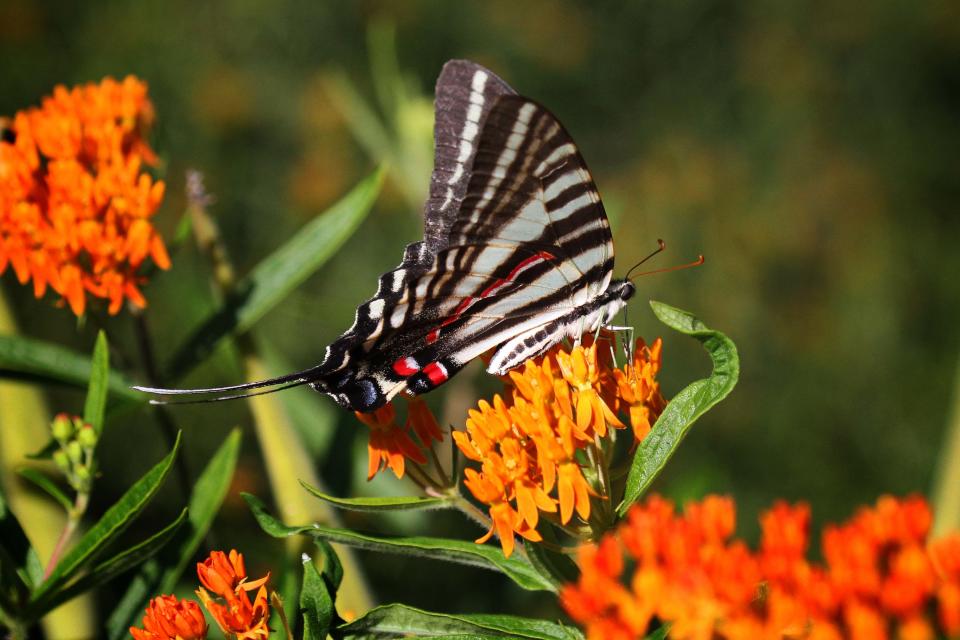
“Just because it’s native, that doesn’t mean it's adapted to, if we want to call it, a changing climate," Parker said. "But you would think it might be better able to tolerate some of those changes than other species."
'A magical fruit'
Morris said people are fascinated by pawpaws, from its taste to the fact that trees with a mango-like fruit grows in their backyard.
But it can be an acquired taste for some.
"I have friends that like them and I have friends that won’t talk to me after eating them," Parker said with a laugh. "It’s a very unique fruit."
Morris echoed the sentiment.
CHANGING LANDSCAPE: On the Outer Banks, structures rise and fall as climate change looms
“It’s very different from any fruit we can grow here. And the flavor, that tropical flavor is very different," he said.
While some like eating the soft, custard-like pulp fresh from the fruit, Morris said most people use the fruit in products like hot sauces, baked goods, smoothies and desserts.
“I have yet to meet a person who doesn’t like pawpaw ice cream, even if they don’t like pawpaws," he added.
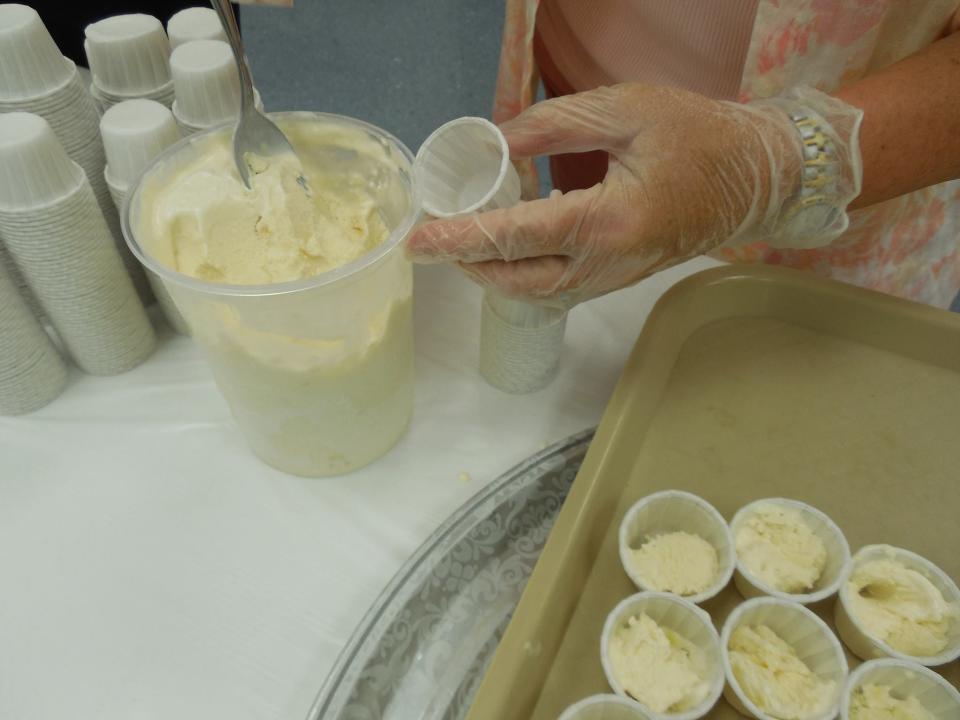
In recent years, the growth of fruity alcohols — including beer and spirits like brandy — has fueled a surge in pawpaw demand and popularity.
“It’s like a magical fruit," Morris said. "It’s like something that shouldn’t be here."
Not Big Ag friendly
In the United States the center of pawpaw research is Kentucky State University (KSU), which is home to the USDA's pawpaw gene bank.
While pawpaws — the origin of the name isn't fully known, although many believe it has Native American origins — have always been grown commercially in small numbers by some specialty farmers or collected in the wild by others for home use, KSU's Sheri Crabtree said the fruit's popularity has really taken off in the last two decades as the sustainable food movement has grown and more "foodies" seek out new and unique tastes.
"That it's unusual, rare and not something that's usually easy to get except at farmers markets or specialty stores has made it even more attractive to some," she said.
So why can't you find pawpaws in your neighborhood grocery's fruit aisle?
Blame a mix of modern farming techniques and people's desire for a food product year-round.
STORM FURY: In a warming world, 'Cat 6' hurricanes could soon be coming to a coast near you
RELATED: Want pawpaw beer or cider? Prepare to look far and wide in North Carolina
Parker and Crabtree said pawpaws aren't the type of fruit that fits in easily to the business model of Big Agriculture.
"They bruise easily, and they have a very short shelf life when compared to other fruits and vegetables, which makes it difficult to ship and store," Crabtree said, noting that even in cold storage the fruit will likely only last for a few weeks.
Since pawpaws generally ripen in August or September, depending on how far north the trees are, that means the fruit is most often seen at markets in late summer or early fall. Pawpaw's short shelf life means the pulp is often removed from the fruit, frozen and then used in other products.
That could make it a challenge for pawpaws to enter mainstream American diets.
"But as a product for niche markets, it has great potential," Parker said. "And if you know where to look, it already is."
Reporter Gareth McGrath can be reached at GMcGrath@Gannett.com or @GarethMcGrathSN on Twitter. This story was produced with financial support from 1Earth Fund and the Prentice Foundation. The USA TODAY Network maintains full editorial control of the work.
This article originally appeared on Wilmington StarNews: Interest in pawpaws is increasing as climate change looms

